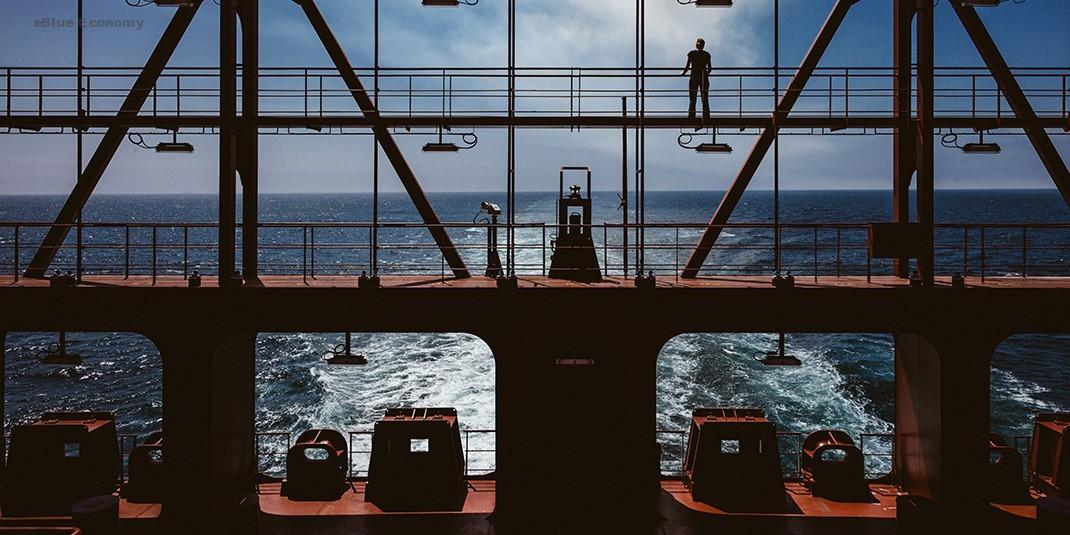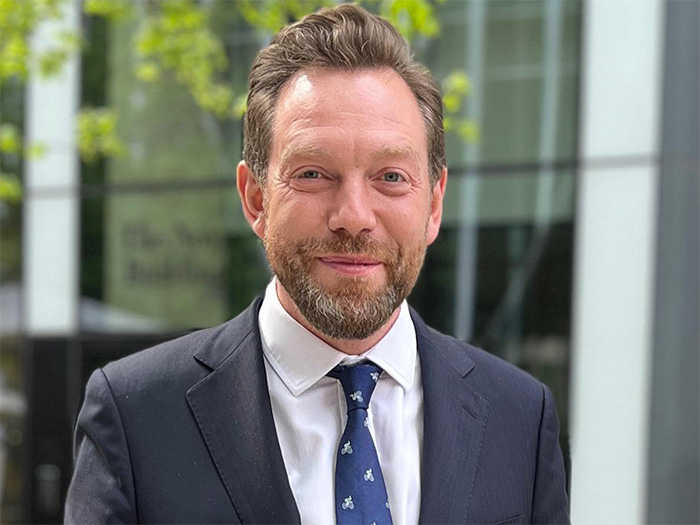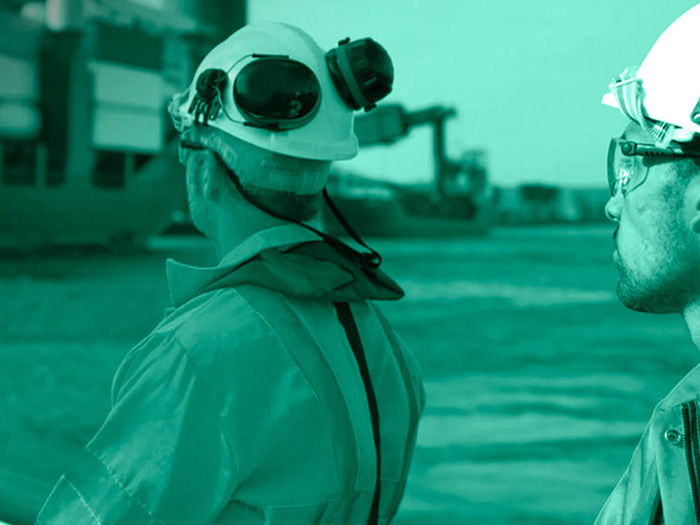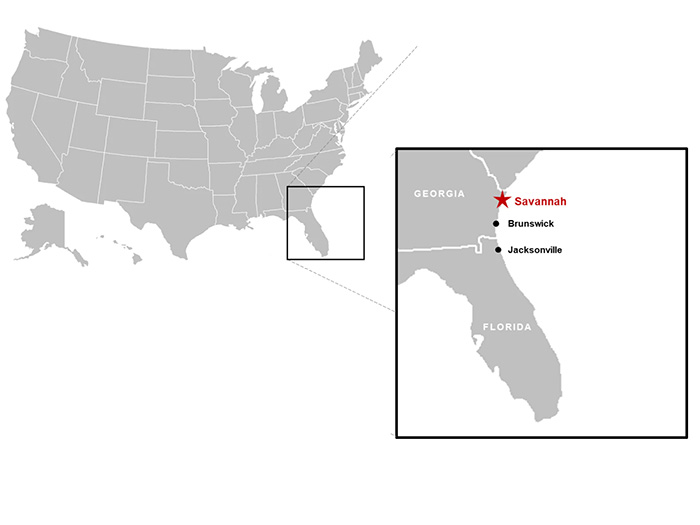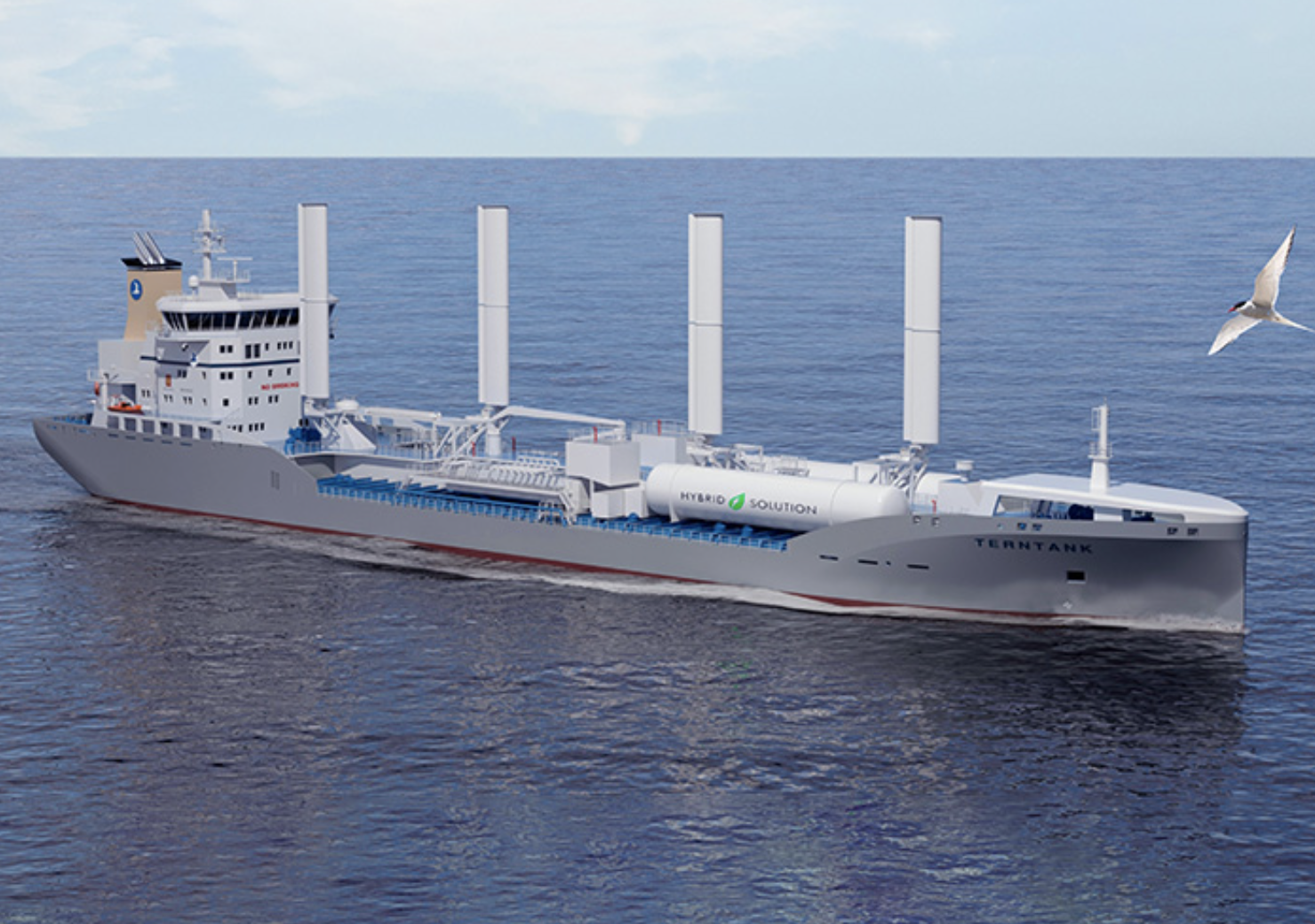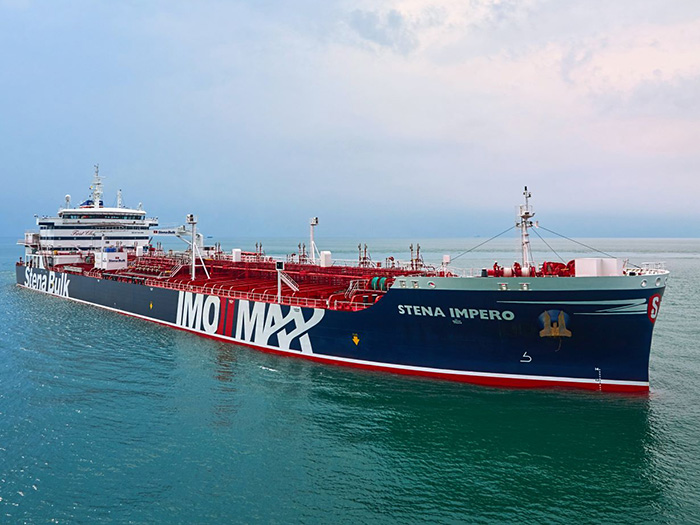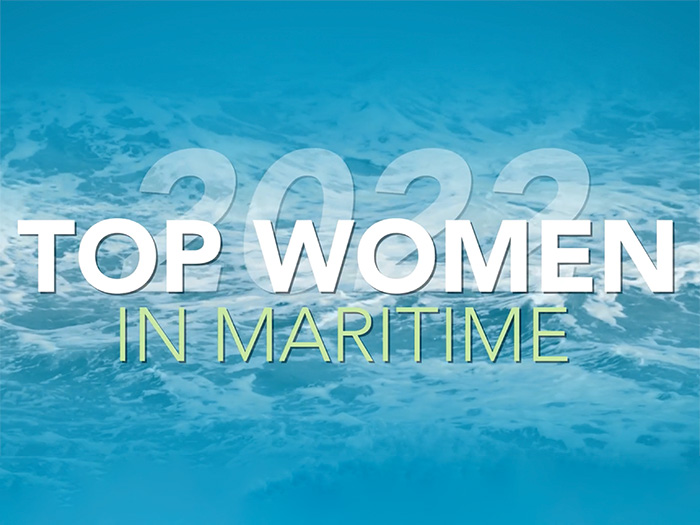Hapag-Lloyd AG is the latest entity to join the Global Industry Alliance (GIA) for Marine Biosafety, an initiative launched in June 2020 by the IMO GloFouling Partnerships project. The initiative works to promote collaboration with the private sector to address two of the most pressing environmental issues of our time: invasive species and greenhouse gas (GHG) emissions.

The new member of the GIA joins forces with an expanding group of leading private sector champions representing a wide range of maritime industries affected by biofouling, including shipping, aquaculture, offshore oil and gas, and ocean renewable energies.
Biofouling is the build-up of aquatic organisms, such as algae or small animals, on marine surfaces that can lead to the introduction of potentially invasive species to new environments, where they may threaten native species and cause irreversible damage to biodiversity. Additionally, biofouling increases the drag of ships, forcing them to burn more fuel to maintain speed.
Glofouling Project Manager, Lilia Khodjet El Khil, welcomed the latest expansion as an important step towards finding solutions to improve the hydrodynamic performance of ships and thereby contribute to a significant reduction of greenhouse gas emissions of the shipping industry.

Richard von Berlepsch, Managing Director Fleet, highlighted that Hapag-Lloyd has always placed a high priority on the environmental aspects of its business and seeks to support innovative ways to protect the marine environment and safeguard its resources.
“With this step, we are looking forward to leveraging human, technological and financial resources with other like-minded companies to support the global push to develop and disseminate technological solutions that may contribute to improve biofouling management and protect marine biodiversity”, stated Richard von Berlepsch. “The objectives of the GIA are very much in line with key goals outlined in our Sustainability Policy, such as reducing carbon emissions, developing environmental awareness and supporting the deployment of state-of-the-art technology”.

Among other goals, the GIA is expected to promote solutions to improve the hydrodynamic performance of ships and thereby contribute to a significant reduction of greenhouse gas emissions of the shipping industry. With this action, Hapag-Lloyd shows its commitment to help the shipping industry to accelerate the development and adoption of solutions to improve the management of marine biofouling.
Further private sector companies are expected to join the GIA in time for its first GIA Task Force meeting, planned for the end of October, where members will convene to discuss and kick off the GIA work.

Reference: imo.org


